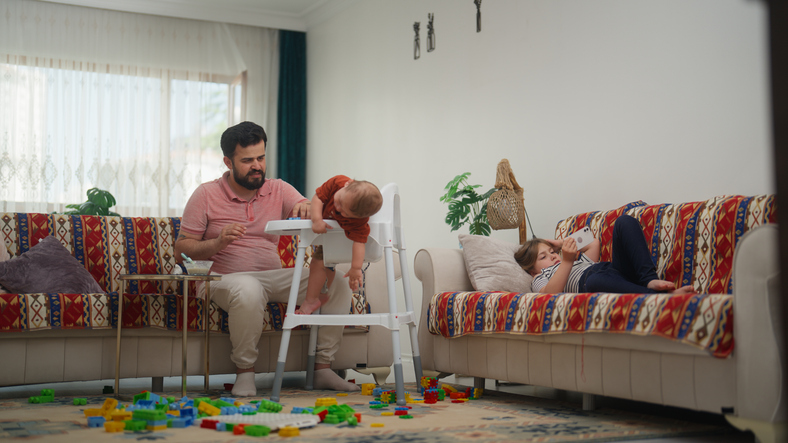Establishing house rules for 2025 might not sound like the most exciting topic, but trust me—it’s a game-changer for creating a smooth, functional, and happy home life. As someone who’s tried (and failed) to wing it without structured rules in the past, I’ve learned just how valuable clear expectations can be. Whether you’re living with a partner, raising kids, or even sharing a space with roommates, a solid set of house rules can make all the difference.
Now, why 2025? Well, it’s just around the corner, and I think it’s the perfect opportunity to reflect on what’s been working in your home—and what hasn’t. The new year often inspires resolutions and fresh starts, so why not apply that energy to the way you run your household?
Why House Rules Matter
First things first: house rules aren’t about being controlling or rigid. They’re about creating a framework that works for everyone involved. Without some guidelines, small issues can spiral into major frustrations. Dishes left in the sink, forgotten chores, or unclear boundaries around personal space—sound familiar? These are the kinds of things house rules can help solve.
For me, the turning point came one chaotic evening when I realized that everyone in my home had completely different expectations. I assumed others would clean up after themselves, while they assumed I didn’t mind doing it. Spoiler alert: I minded. It became clear that we needed rules, not to micromanage each other but to ensure fairness and harmony.
Step 1: Get Everyone Involved
The first step to establishing house rules is to involve everyone in the conversation. This isn’t a dictatorship; it’s a collaboration. In my experience, sitting down together to discuss how the house should function is incredibly productive. Ask questions like: What are everyone’s pet peeves? What tasks do people hate the most? How can responsibilities be fairly distributed?
When we had our first “house rules meeting,” I was surprised by how much we learned about each other’s preferences. For example, I didn’t realize one person hated vacuuming but was happy to take on cooking duties. Meanwhile, another preferred doing dishes instead of laundry. Finding these sweet spots made it easier to divide tasks in a way that felt balanced.
Step 2: Be Specific and Realistic
Vague rules like “keep the house clean” don’t work. What does “clean” mean? For someone like me, it might mean scrubbing the sink daily. For someone else, it might mean tidying up once a week. Specificity is key. Instead, create rules like “wipe down counters after cooking” or “run the dishwasher when it’s full.”
It’s also important to be realistic. If someone works long hours and barely has time to eat dinner, expecting them to deep-clean the bathroom weekly isn’t fair. Instead, consider schedules and workload when assigning tasks.
Step 3: Use Technology
One thing I’m planning to incorporate into our house rules for 2025 is technology. Apps like Google Calendar or platforms like Trello can help track chores, coordinate schedules, and send reminders. We’ll also create a shared shopping list to avoid buying two cartons of milk—or none at all.
Step 4: Revisit and Revise
House rules aren’t set in stone. What works in January 2025 might need tweaking by June. Periodic check-ins allow everyone to voice concerns or suggest changes. Think of it as an evolving system that adapts as your household’s needs change.
The Payoff
Since implementing house rules, I’ve noticed a huge improvement in how things run at home. There’s less stress, fewer arguments, and more time to enjoy each other’s company. As we head into 2025, I’m excited to refine our system even more. After all, a well-organized home isn’t just about chores—it’s about creating a space where everyone feels respected and valued.
If you’re thinking about setting house rules for 2025, my advice is simple: go for it. Involve your household, be clear and fair, and keep an open mind. You might be surprised by how much of a difference it makes!














